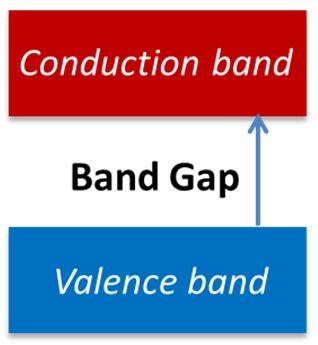
A failing of local Kohn-Sham exchange-correlation functionals, known since the early days [Yin, M. T.; Cohen, M. L. Theory of Static Structural Properties, Crystal Stability, and Phase Transformations: Application to Si and Ge. Phys. Bev. B 1982, 26, 5668–5687] of the application of density functional theory in physics is the significant underestimation of semiconductor band gaps, which are one of the most critical properties of materials for many applications. In order to work around this problem, researchers have developed a number of alternatives, such as the DFT+U method, which requires reparameterization for every new system, and so has limited predictive power, and nonlocal functionals, which increase the cost in plane wave codes by two to three orders of magnitude.
Now, in a major breakthrough, graduate student Pragya Verma and Professor Donald G. Truhlar have developed a local functional that corrects this problem by scaling up a local exchange functional. An article describing the new functional was published today as “HLE16: A Local Kohn–Sham Gradient Approximation with Good Performance for Semiconductor Band Gaps and Molecular Excitation Energies,” P. Verma and D. G. Truhlar, Journal of Physical Chemistry Letters 8, 380-387 (2016). dx.doi.org/10.1021/acs.jpclett.6b02757. Tested on a database of 31 semiconductor band gaps, the functional has a mean unsigned error of 0.30 eV, which compares well to the most popular nonlocal functional for band gaps, HSE06, which has a mean unsigned error of 0.31 eV. The popular local functionals PBE and BLYP have mean unsigned errors of 1.11 and 1.13 eV, respectively. The new functional, which does not require reparameterization for each new material, also shows good accuracy for molecular Rydberg states, which is another previous failing of local functionals.